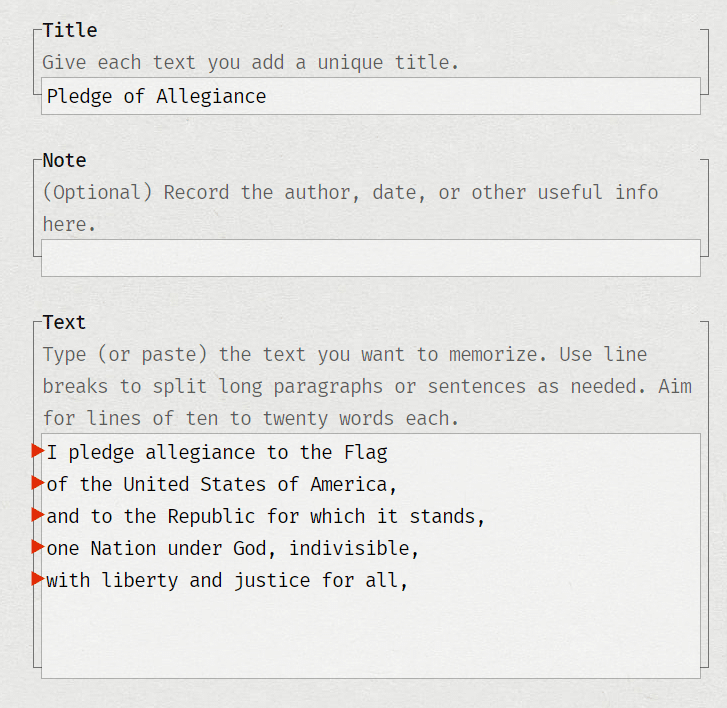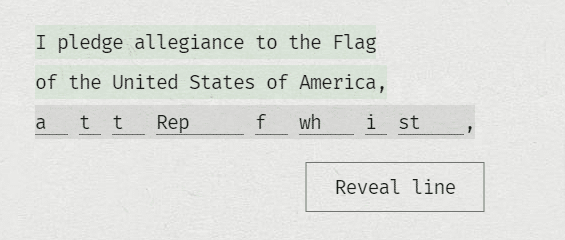We see it in all walks of life — people that make things look effortless. This could be someone giving a talk, an athlete, a musician, or any number of others. They all have one thing in common: they put in a lot of effort to make things look effortless.
In a recent episode of the Founders podcast that was focused on Steve Jobs, they covered a bit about why his presentations were always so amazing. Part of it was the amazing products that they unveiled, part of it was the simplicity of the slides, but a big part of it was preparation. They say that for every hour that you will be presenting, you should spend 90 hours preparing, and Steve Jobs almost certainly hit that mark. His time in preparation made the talk seem effortless.
I saw this for myself recently when I saw Kevin Paul Scott giving a talk. The room was set up in such a way that the screen was behind him and he had no monitor or any notes in front of him. Despite that, he repeatedly would click to the next slide and read a quote word-for-word without even glancing at the screen. Was this magic? It kind of felt like it, but we all know that it was preparation. He had practiced this presentation dozens (hundreds?) of times, and as a result he just made it look simple.
I see this when I golf with folks, too. I’m not a particularly good golfers, but it’s frustrating because great golfers make it look super easy. They just walk up the ball, give it a smooth, easy swing, and it goes pretty much exactly where they intended.
In the business world, Apple is the king of this. Their products are generally the easiest to use, but also are some of the most powerful. That combination is incredibly difficult to pull off, but they make it seem effortless.
Lastly, this points back to the idea of “calling someone talented is an insult“. In most cases it’s not “talent” that you’re talking about, but rather “skill” — and skill comes from practice. If someone is very good at what they do they likely have a bit of natural talent in there, but it’s combined with a huge amount of practice. From there, it seems like what they do is effortless.


